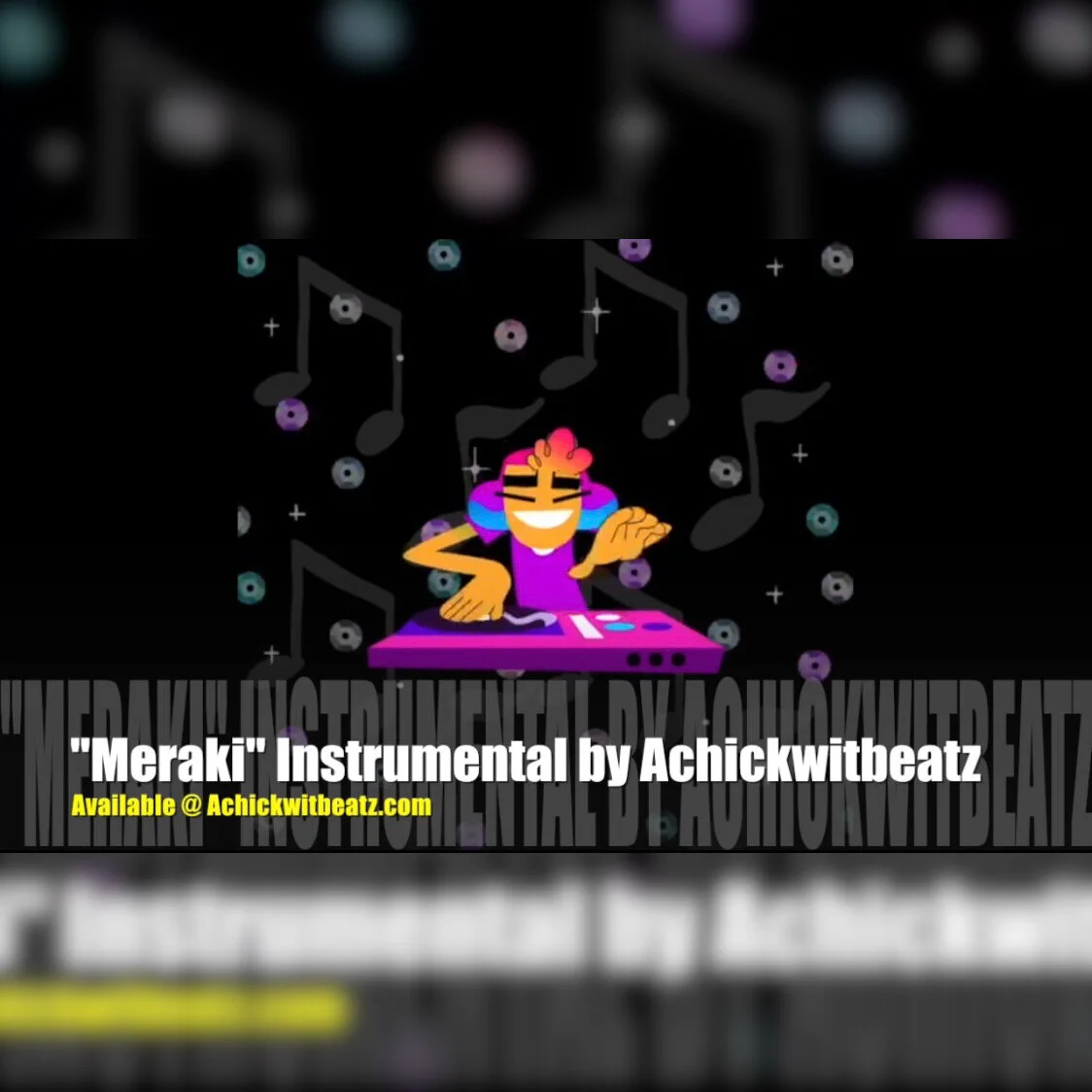Photo by Jakob Owens on Unsplash
Through observing countless music videos and conducting thorough research to support fellow independent music artists, as well as my own future artistic endeavors, I've gathered some valuable insights into what makes visual narratives for music impactful. Exploring this medium has revealed key elements that can help artists at any level create engaging visuals. These days, an appealing music video is more than an add-on; it's a great tool for expanding your audience and developing a stronger connection with your listeners.
Why Music Videos Remain Essential in Today's Music Industry
Photo by Gordon Cowie on Unsplash
With the dominance of streaming and social media, music videos are still one of the most powerful promotional tools independent artists can use.
Marketing reports suggest that viewers retain 95% of a message when they watch it in a video, compared to just 10% when reading text. This makes music videos exceptionally effective for artist branding and song promotion.
YouTube is the second-largest search engine globally and serves as a primary music discovery platform, making it a great way for music consumers to find new artists through music videos.
Short-form video platforms like TikTok, Instagram Reels, and YouTube Shorts have created even more opportunities for music promotion. 84% of the songs that reached the Billboard Global 200 in 2024 went viral on TikTok first.
A memorable music video can solidify an artist's identity and significantly expand their reach. In 2023, 90% of the most-streamed songs on Spotify had accompanying music videos.
Planning Your Music Video
Photo by Yusuf Onuk on Unsplash
1. Define Your Vision and Concept
The most enticing music videos begin with a clear artistic vision that complements your song's essence.
Listen deeply to your own music: Before conceptualizing your video, spend time with your song in a focused environment. Pay attention to the specific emotions it evokes, the narrative arc of the lyrics, and any visual imagery that naturally comes to mind when listening. Consider keeping a journal where you document these impressions over multiple listening sessions.
Analyze your brand identity: Your music video should be a visual extension of your artistic persona. Check your existing visual materials (press photos, album artwork, social media aesthetic) and identify the core elements that define your brand. Ask yourself: What colors, settings, and visual motifs best represent my musical identity? What would my audience expect, and how might I both satisfy and surprise those expectations?
Conduct targeted research: Study videos from artists in your genre or those with similar aesthetics, but look for ways to differentiate yourself. Create a reference library of videos that inspire you, noting specific elements you admire like lighting techniques, camera movements, narratives, or even editing styles. Tools like Pinterest boards or mood boards can help organize these visual references.
Choose your video type: Decide whether your video will be:
Narrative-based: Telling a cohesive story that either directly illustrates the lyrics or presents a complementary narrative
Performance-focused: Showcasing you performing the song in a compelling setting
Concept-driven: Built around a central visual theme or artistic idea
Hybrid approach: Combining elements of narrative and performance
Each approach has its own advantages. Narrative videos often create deeper emotional connections, while performance videos better showcase your personality and stage presence. Concept videos can be more memorable and shareable, but tend to require more creative development.
2. Set a Realistic Budget
Understanding the financial parameters of your project helps guide creative decisions and prevents production problems:
Low budget ($0-$500): At this level, you'll likely take a DIY approach using borrowed or rented equipment, free locations, and friends as crew and talent. Many iconic videos have been shot on smartphones with creative lighting and thoughtful composition. Focus on finding a single, visually interesting location and developing a concept that doesn't require elaborate production elements.
Modest budget ($500-$2,000): This range allows for hiring a videographer/director on a day rate, renting quality camera equipment and basic lighting, securing simple location permits if needed, and possibly bringing on a makeup artist or stylist. At this level, you might film in 2-3 locations over a single day.
Medium budget ($2,000-$10,000): With this investment, you can assemble a small professional crew including a director, cinematographer, gaffer (lighting technician), and production assistant. You'll have access to higher-end equipment, multiple shooting days, professional actors if needed, more elaborate locations, and basic visual effects or animation in post-production.
Higher budget ($10,000+): This enables a full production team, premium equipment packages, elaborate sets or exclusive locations, complex editing, advanced visual effects, and the ability to shoot over multiple days with proper craft services (meals for cast and crew).
When determining your budget, allocate funds across these key categories:
Personnel (director, cinematographer, crew)
Equipment rental
Location fees and permits
Props, wardrobe, and set design
Post-production (editing, color grading, effects)
Music licensing if using additional tracks
Contingency fund (typically 10-15% of total budget for unexpected costs)
Remember that creativity often thrives within constraints—some of the most iconic music videos were created with minimal resources but maximum imagination.
3. Assemble Your Team
The right collaborators can elevate your vision and bring technical expertise to your project:
Director: The creative leader who translates your vision into visual language. When selecting a director:
Review their portfolio for stylistic compatibility with your concept
Discuss their interpretation of your song and video concept
Ensure they understand your budget constraints and can work within them
Evaluate their communication style and collaborative approach
Check references from previous clients if possible
Director of Photography (DP): Responsible for the visual look, camera work, and lighting. A skilled DP can make even modest productions look professional through their understanding of composition, lighting techniques, and camera movement. Look for DPs who have experience in music videos specifically, as this format has its own visual language.
Producer: Handles logistics, scheduling, permits, and keeps production on track. A good producer:
Creates and maintains the production schedule
Manages the budget and tracks expenses
Secures locations and necessary permits
Coordinates crew and talent
Troubleshoots problems as they arise
Editor: Assembles the footage into the final product, often having significant creative input on the rhythm and pacing of the video. When selecting an editor:
Look for experience with music videos specifically
Review their previous work for pacing and visual style
Discuss their approach to syncing visuals with musical elements
Confirm their technical capabilities match your post-production needs
Additional crew roles might include:
Gaffer: Chief lighting technician
Grip: Handles lighting and camera support equipment
Production Assistant: Supports the production in various capacities
Hair and Makeup Artist: Creates the visual look for performers
Wardrobe Stylist: Develops and manages costuming
Production Designer: Creates the overall visual environment
For independent artists on tighter budgets, you might find film school students or emerging professionals willing to work for portfolio building, cross-promotion, or reduced rates. Local film collectives, art schools, and filmmaking Facebook groups are great places to find collaborators passionate about music videos.
When approaching potential team members, having a clear concept, realistic budget parameters, and professional communication goes a long way toward attracting quality collaborators.
Pre-Production: Setting Yourself Up for Success
Photo by Nasim Keshmiri on Unsplash
1. Create a Storyboard and Shot List
A storyboard is a visual outline of your video, breaking down the concept into individual shots:
Creating a storyboard doesn't require advanced artistic skills—simple sketches work perfectly well. Each frame should represent a key shot or moment in your video, with notes on:
Camera angle and distance (close-up, medium shot, wide shot)
Subject positioning and movement
Key actions or expressions
Lighting mood and direction
Transitions between shots
Alongside your storyboard, develop a shot list that details each individual camera setup needed. A comprehensive shot list includes:
Shot number for reference
Shot description (what's happening)
Camera angle, movement, and framing
Actors/performers involved
Key props or set elements
Estimated time needed to capture
Technical requirements (special equipment, lighting setups)
These planning documents:
Help communicate your vision clearly to everyone involved
Identify potential challenges before shooting begins
Serve as a roadmap during filming
Ensure you capture all necessary footage
Help estimate realistic shooting schedules
Several affordable apps and software options exist for creating storyboards, including Shot Designer, Boords, and StudioBinder, though even a simple PowerPoint or Google Slides document can work effectively.
2. Scout and Secure Locations
Your shooting locations dramatically impact the look, feel, and production value of your video:
Location scouting considerations:
Visual alignment with your concept and song's mood
Available natural lighting throughout your planned shooting time
Acoustic properties (important for performance segments)
Electrical access for lighting and equipment
Ambient noise levels
Availability of parking/loading areas for equipment
Bathroom facilities and amenities for cast/crew
Weather protection for outdoor locations
Permission and permits:
Always secure proper permission before filming, even in seemingly public spaces
Many cities require film permits for commercial filming in public areas
Permit costs vary widely by location ($25-500+ depending on the city and requirements)
Permit applications typically need to be submitted 1-2 weeks in advance
Liability insurance is often required (short-term policies are available specifically for video productions)
Budget-friendly location options:
Your home or studio space
Friends' homes or businesses
Local businesses during off-hours (offer promotion in exchange for location use)
Public parks (usually requiring simple permits)
Abandoned or industrial areas (with proper permission)
Natural settings like forests, beaches, or fields
Art galleries or cultural spaces that might support local artists
Always visit potential locations at the same time of day you plan to shoot to assess lighting conditions, and take test photos to evaluate how the space translates on camera.
3. Plan Your Technical Requirements
Work with your director and DP to plan the technical aspects of your shoot:
Camera selection and settings:
Resolution (4K is increasingly standard but requires more storage and processing power)
Frame rate (24fps for a cinematic look, 60fps for smooth slow-motion capabilities)
Aspect ratio (16:9 is standard, but creative choices like 4:3 or 2.35:1 can create distinct aesthetics)
Color profile (determines how much flexibility you'll have in color grading)
Lighting requirements:
Natural vs. artificial lighting approach
Key lighting equipment needed (LED panels, fresnel lights, ring lights, etc.)
Modifiers required (diffusers, reflectors, gels for color effects)
Power requirements and sources
Special lighting effects (strobe, colored gels, projections)
Support equipment needs:
Tripods for stable shots
Gimbals or steadicams for smooth movement
Sliders or dollies for tracking shots
Drone for aerial photography (requires certified operators in many locations)
Monitors for viewing footage on set
Audio considerations:
Playback system for performing to your track
Timecode synchronization if needed
Recording reference audio for syncing purposes
Creating a comprehensive equipment list with backup options will help ensure you have everything needed on shooting day and can problem-solve if certain gear becomes unavailable.
Production Day: Making it Happen
Photo by Oleg Brovchenko on Unsplash
1. Set Management and Workflow
Efficient set management ensures you maximize your limited time and resources:
Call sheets are essential documents distributed before shooting that include:
Date, location, and weather forecast
Call times for each crew member and performer
Contact information for key personnel
Shot schedule broken down by time blocks
Equipment list
Location details including parking information
Nearest medical facilities
Production schedule should include:
Setup time for equipment (typically 1-2 hours depending on complexity)
Time allocated for each shot or sequence
Meal and rest breaks (typically a 30-minute break every 5 hours minimum)
Buffer time for inevitable delays
Teardown and equipment return time
On-set protocol:
Designate clear roles and communication chains
Establish a system for reviewing footage (often called "checking dailies")
Implement a naming convention for files and takes
Create a quiet, focused environment for performers
Document any changes to the shot list or creative decisions
2. Performance Tips for Artists
Even experienced performers can struggle with on-camera presence:
Preparation makes perfect:
Practice lip-syncing extensively before the shoot day. Record yourself and analyze the footage to ensure your mouth movements match perfectly with the vocals
Memorize your lyrics completely to maintain natural facial expressions
Practice performing at different energy levels so you can adjust based on the director's guidance
Prepare physically by getting adequate rest before shooting
On-camera technique:
Over-express slightly—cameras tend to flatten emotions, so what feels exaggerated often looks just right on screen
Maintain consistency across multiple takes by hitting the same marks and timing
Stay conscious of lighting—work with your DP to understand the best angles and positions
For closeups, practice micro-expressions that convey emotion subtly
Remember that everything communicates—hand positions, posture, and even breathing patterns
Practical considerations:
Wear clothing that supports your concept but remains comfortable for long periods
Consider how fabrics and patterns translate on camera (avoid fine patterns that can create moiré effects)
Stay hydrated but avoid excessive caffeine that might create jitters
Bring backup wardrobe options
Schedule more demanding performance shots earlier in the day when energy is highest
3. Technical Execution During Shooting
Quality footage comes from meticulous attention to technical details:
Multi-camera considerations:
If using multiple cameras, ensure consistent settings across all devices
Establish clear communication between camera operators
Consider how different angles will cut together in editing
Take management:
Shoot each scene multiple times from different angles
Log the quality and unique aspects of each take
Mark preferred takes for the editor
Ensure you have establishing shots, medium shots, and close-ups for editing flexibility
Continuity management:
Designate someone to monitor continuity across takes
Take reference photos of set arrangements, prop positions, and wardrobe
Note lighting conditions if shooting extends across different times of day
Monitoring quality:
Regularly review footage on the largest screen available
Check for focus issues, lighting inconsistencies, or framing problems
Listen for audio issues or background noise in reference recordings
Confirm that performances match the emotional tone needed
B-roll footage:
Capture supplementary footage that can be used during editing
Include atmospheric shots of locations, close-ups of relevant objects, and transition material
Shoot alternate angles and expressions that might be useful for creating visual interest
Post-Production: Where the Video Comes to Life
Photo by Jakob Owens on Unsplash
1. Organizing Your Footage
Before editing begins, proper organization saves countless hours and prevents missing valuable shots:
File management:
Create a logical folder structure for raw footage, audio, graphics, and project files
Implement consistent file naming that includes date, scene/shot numbers, and take numbers
Back up all footage in at least two separate locations immediately
Review and selection:
Watch all footage before beginning the edit (often called creating "selects" or "stringouts")
Mark in-points and out-points for the best takes
Create a paper edit or edit decision list (EDL) that maps out the general structure
Note any technical issues that might require special handling
2. The Editing Process
A skilled editor transforms raw footage into a cohesive, engaging music video:
Initial assembly:
Sync video to the master audio track
Create a rough cut following the storyboard or shot list
Focus first on structure and pacing rather than fine details
Identify areas where additional transitional material might be needed
Refining the edit:
Adjust timing to ensure visual cuts align with musical elements:
Bass drops
Chorus transitions
Beat patterns
Vocal phrases
Create visual rhythm that complements the music's energy
Balance between quick cuts for high-energy sections and lingering shots for emotional moments
Ensure narrative clarity if telling a story
Visual enhancement:
Color grading: Establish a consistent visual tone that matches the mood of your song. This might involve:
Correcting exposure and white balance
Creating a specific "look" or color palette
Ensuring skin tones remain natural unless stylistic choices dictate otherwise
Matching shots from different locations or lighting conditions
Visual effects:
Transitions beyond standard cuts (dissolves, wipes, creative transitions)
Speed adjustments (slow motion, speed ramps, freeze frames)
Text elements or lyric displays if appropriate
Digital effects that support the concept
Green screen compositing if used in production
Audio considerations:
Ensure perfect synchronization throughout
Add any sound effects if part of the concept
Balance audio levels for any dialogue or additional sound elements
Feedback and revisions:
Establish a clear review process with specific feedback parameters
Limit revision rounds to prevent "edit creep" (endless small changes)
Get feedback from people outside the production who can provide fresh perspectives
Allow time between revisions to view with fresh eyes
Most professional music videos go through 3-5 revision cycles before finalizing.
3. Delivery Formats and Technical Specifications
Proper export settings ensure your video looks and sounds its best on all platforms:
Standard delivery formats:
Master file: ProRes 422 HQ or H.264 at high bitrate (50+ Mbps)
Resolution: 4K (3840x2160) or HD (1920x1080)
Frame rate: Match your shooting frame rate (typically 24fps or 30fps)
Audio: Stereo, 48kHz, 24-bit
Platform-specific versions:
YouTube: H.264 codec, high profile, 4K or HD resolution
Instagram: H.264, square (1:1) or vertical (9:16) crops for feed and stories, under 60 seconds for Reels
TikTok: H.264, vertical orientation (9:16), under 60 seconds
Facebook: H.264, 1080p, optimized for mobile viewing (larger text, simplified visuals)
Vimeo: ProRes or high-bitrate H.264 for best quality
Each platform regularly updates its specifications, so check current guidelines before final delivery.
Distribution Strategy: Getting Your Video Seen
Photo by Dodi Achmad on Unsplash
Once your video is complete, a strategic release maximizes its impact.
1. Preparation for Release
Create promotional assets:
Teaser clips (15-30 seconds) highlighting the most visually striking moments
Still frames for social media posts
Behind-the-scenes content showing the creation process
Pull quotes or testimonials if you've had any industry feedback
Optimize for discovery:
Research relevant keywords for your video description
Create an eye-catching thumbnail that features you clearly
Prepare a compelling video description with links to your music on streaming platforms
Plan hashtags for social platforms based on current trends and relevance
Technical preparation:
Upload your video privately first to check how it appears on various devices
Add captions or subtitles for accessibility and improved engagement
Ensure all metadata is complete and accurate
2. Release Strategy
Timing considerations:
Release on Tuesday-Thursday when online engagement is typically highest
Time your release to coincide with related events or seasonal themes if relevant
Consider time zones if you have international audience segments
Platform strategy:
Choose a primary platform for the official premiere (typically YouTube)
Plan staggered releases across platforms to maximize algorithm benefits
Consider platform exclusivity periods if appropriate
Premiere options:
YouTube Premiere feature allows for scheduled releases with live chat
Partner with music blogs, YouTube channels, or playlist curators for co-promotion
Host a virtual watch party via Instagram Live or other streaming platforms
3. Promotion and Engagement
Announcement phase:
Begin teasing the video 1-2 weeks before release
Create a content calendar for promotional posts
Reach out to media contacts, playlist curators, and fellow artists
Release day:
Post across all your platforms with direct links
Engage actively with early comments and shares
Thank your production team and encourage them to share
Sustained promotion:
Share behind-the-scenes content in the weeks following release
Create derivative content (lyric video versions, acoustic performances)
Repurpose clips for ongoing social media content
Monitor analytics to understand audience response and viewing patterns
Engagement tactics:
Respond to comments, especially in the first 24-48 hours
Create community challenges related to your video concept
Share fan reactions and covers
Use the video as content for paid promotion if budget allows
Creative Ideas for Different Budget Levels
Photo by rc.xyz NFT gallery on Unsplash
Low-Budget Approaches That Look Professional
Single-location visual concepts:
Performance in a visually interesting environment with creative lighting (colored gels, practical lights, or even string lights can create atmosphere inexpensively)
Shooting during "golden hour" (the hour after sunrise or before sunset) provides naturally cinematic lighting
Using a single bold color backdrop with contrasting wardrobe creates striking visuals
Playing with shadows and silhouettes can create dramatic effects with minimal equipment
Technical approaches:
Leverage smartphone filmmaking with devices like the iPhone 15 Pro or Samsung Galaxy S24 Ultra, which offer impressive video capabilities
Add affordable stabilization tools like the DJI OM 5 gimbal ($129) for smooth movement
Use natural lighting supplemented by inexpensive LED panels (available under $100)
Focus on creative editing techniques like match cuts, creative transitions, or stylized color grading
Content approaches:
Lyric videos with creative typography and simple animations (using templates from Envato Elements or similar services)
Stop-motion animation using everyday objects related to your song theme
Found footage collage (using properly licensed stock footage or public domain archives)
One-take videos that showcase performance skill and creativity
Medium-Budget Concepts
Narrative approaches:
Short narrative films that complement your song's themes without requiring elaborate sets
Dance choreography videos with professional dancers (many are willing to work for reasonable rates for quality music videos)
Character-driven concepts focusing on compelling performances rather than elaborate productions
Stylized performance videos with distinctive art direction and costume design
Technical enhancements:
Drone footage for establishing shots and dramatic perspectives (hiring a licensed drone operator typically costs $250-500 per day)
Motion control time-lapse sequences
Multiple camera setups for more dynamic editing possibilities
Basic practical effects like smoke, colored powder, or projection mapping
Location diversity:
Shooting across 3-4 locations to create visual variety
Securing interesting locations like abandoned buildings, unique natural settings, or distinctive architectural spaces
Creating contrast between urban and natural environments
When You Have More to Spend
Production value enhancers:
Custom-built sets tailored to your concept
Professional art direction with custom props and set decoration
High-end camera packages (ARRI or RED cameras) with cinema lenses
Specialized equipment like camera cranes, underwater housings, or car mounts
Creative concepts:
Mixed media approaches combining live action with animation
Complex narrative structures with multiple storylines
Period pieces with authentic costuming and settings
Elaborate choreography with multiple dancers and complex staging
Post-production enhancements:
Professional visual effects and CGI elements
Advanced color grading packages like DaVinci Resolve Studio
Motion graphics and title design by specialized artists
Professional sound design to enhance the visual experience
While creating your music video, remember that the goal is to create visuals that amplify your music's impact and spark deeper connections with your audience. Start where you are, use what you have, and focus on translating the emotional core of your music to share your complete artistic vision with the world. Your music deserves visuals that honor its power, and with thoughtful planning and creative execution, you can create music videos that resonate with viewers and stand the test of time.
- Art
- Independent Labels
- Internet Radio
- Music Documentaries
- Album Reviews
- Music History
- Music Industry News
- Free Game Friday
- Free Downloads
- Poetry
- Books
- Interviews
- Did You See It?!
- Hip Hop History
- Hear Here
- Music News
- Hip Hop Documentaries
- Music Marvels Radio Show
- Think Piece Thursday
- Mini Documentaries
- Instrumental Intel
- Music Humor
- Indie Analysis
- Conversations & Quotables
- Music
- Resources for Artists
- Podcasts
- Beats/Instrumentals
- Music Education
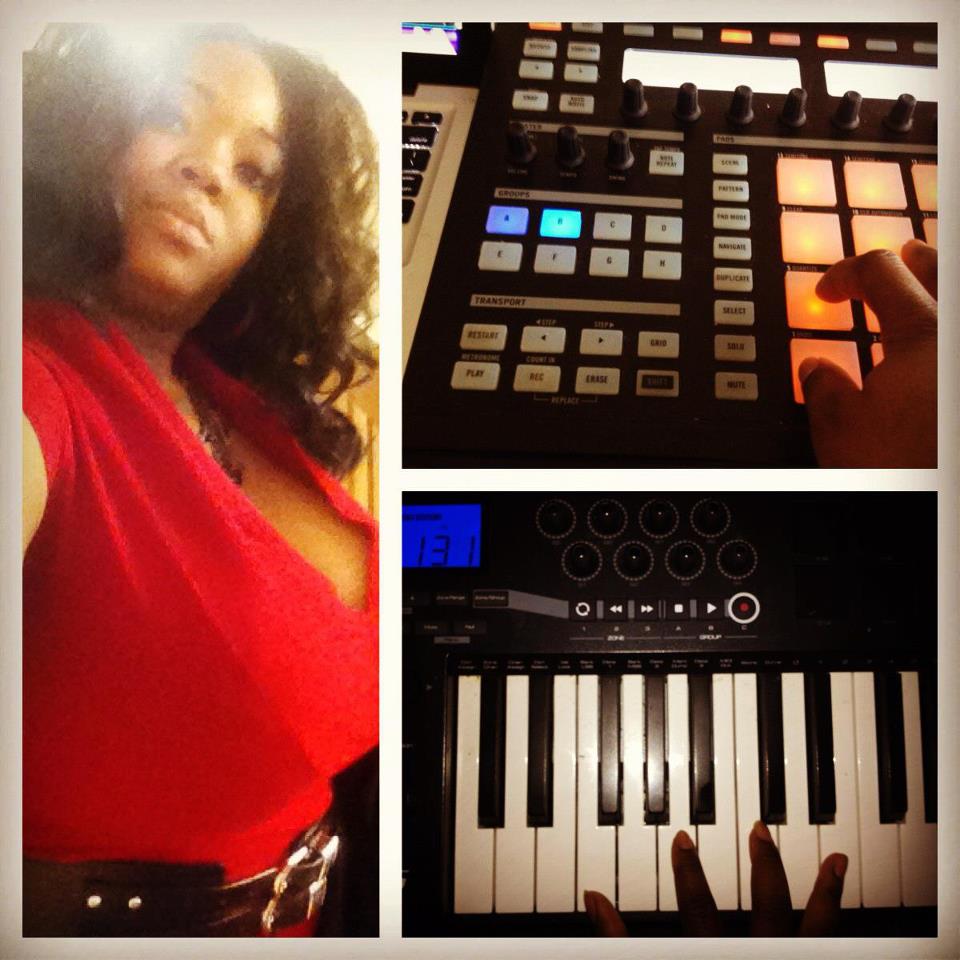

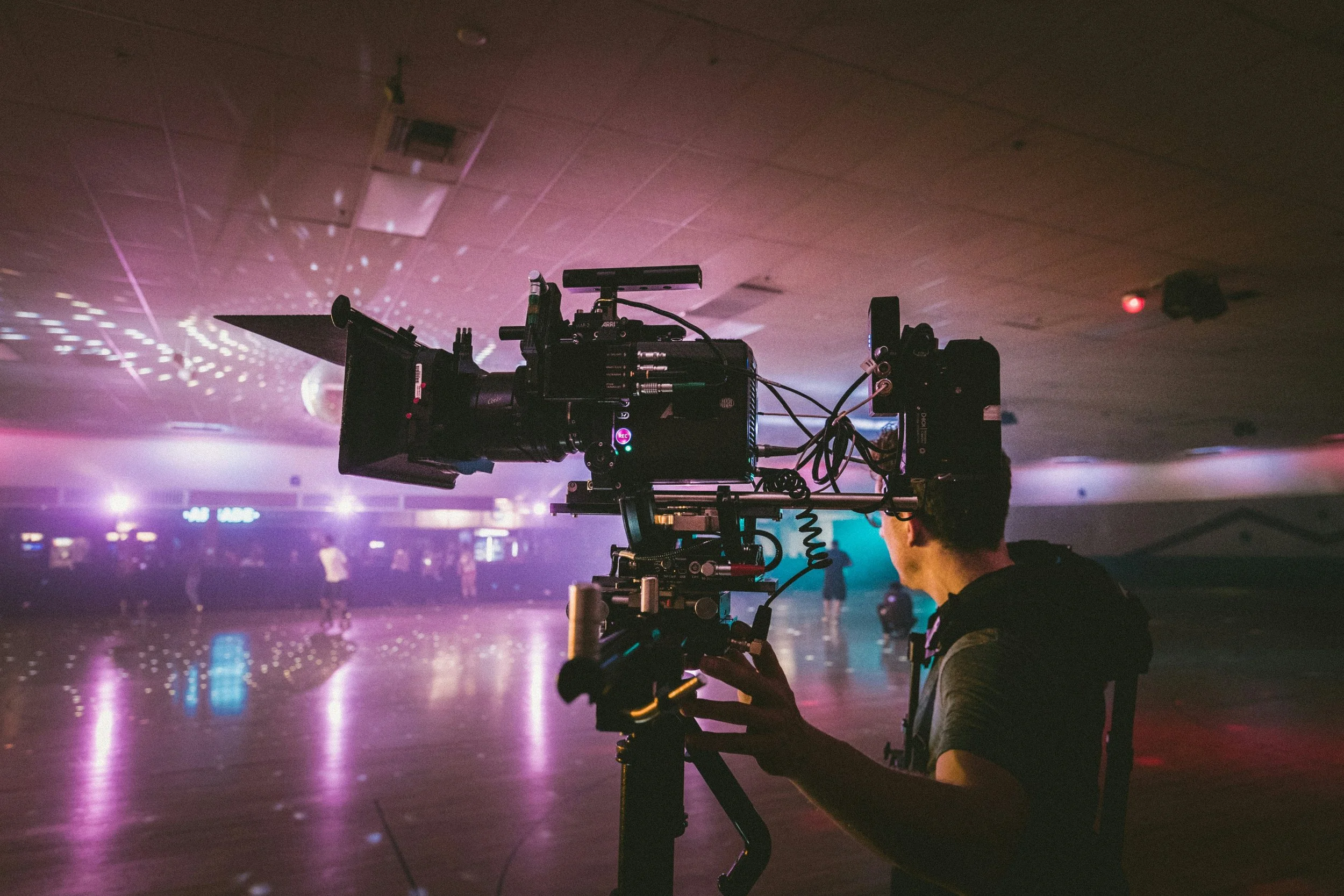




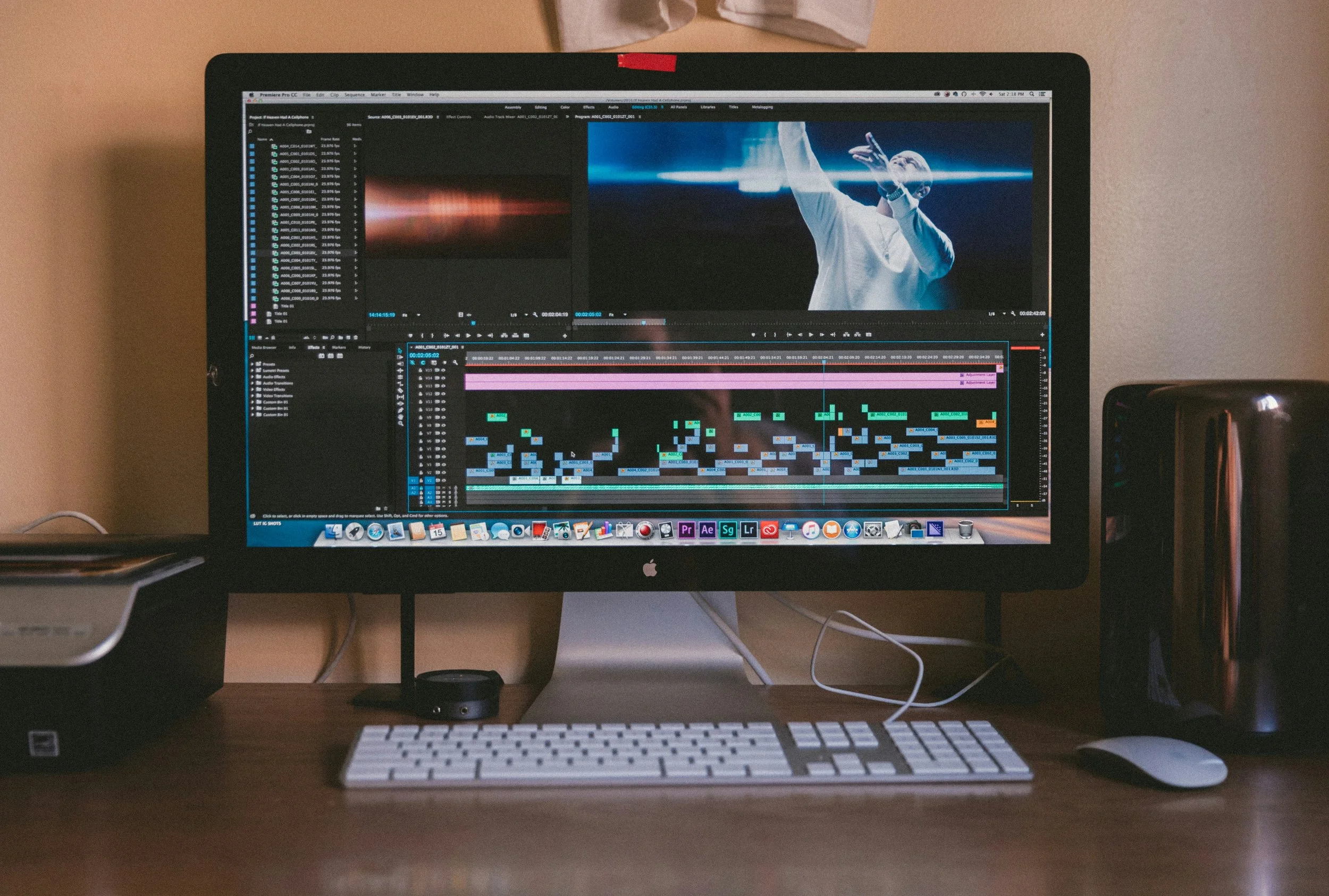
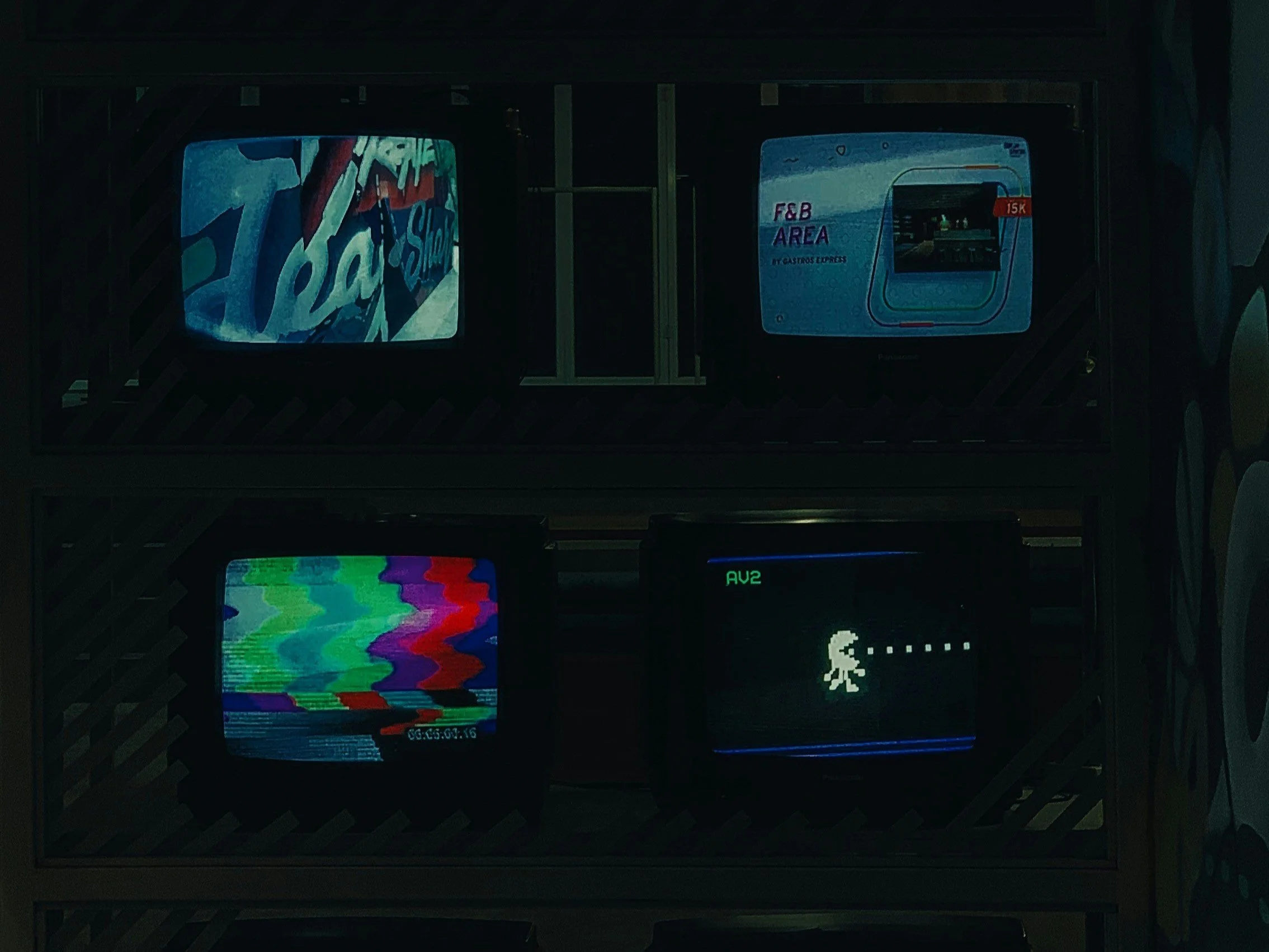







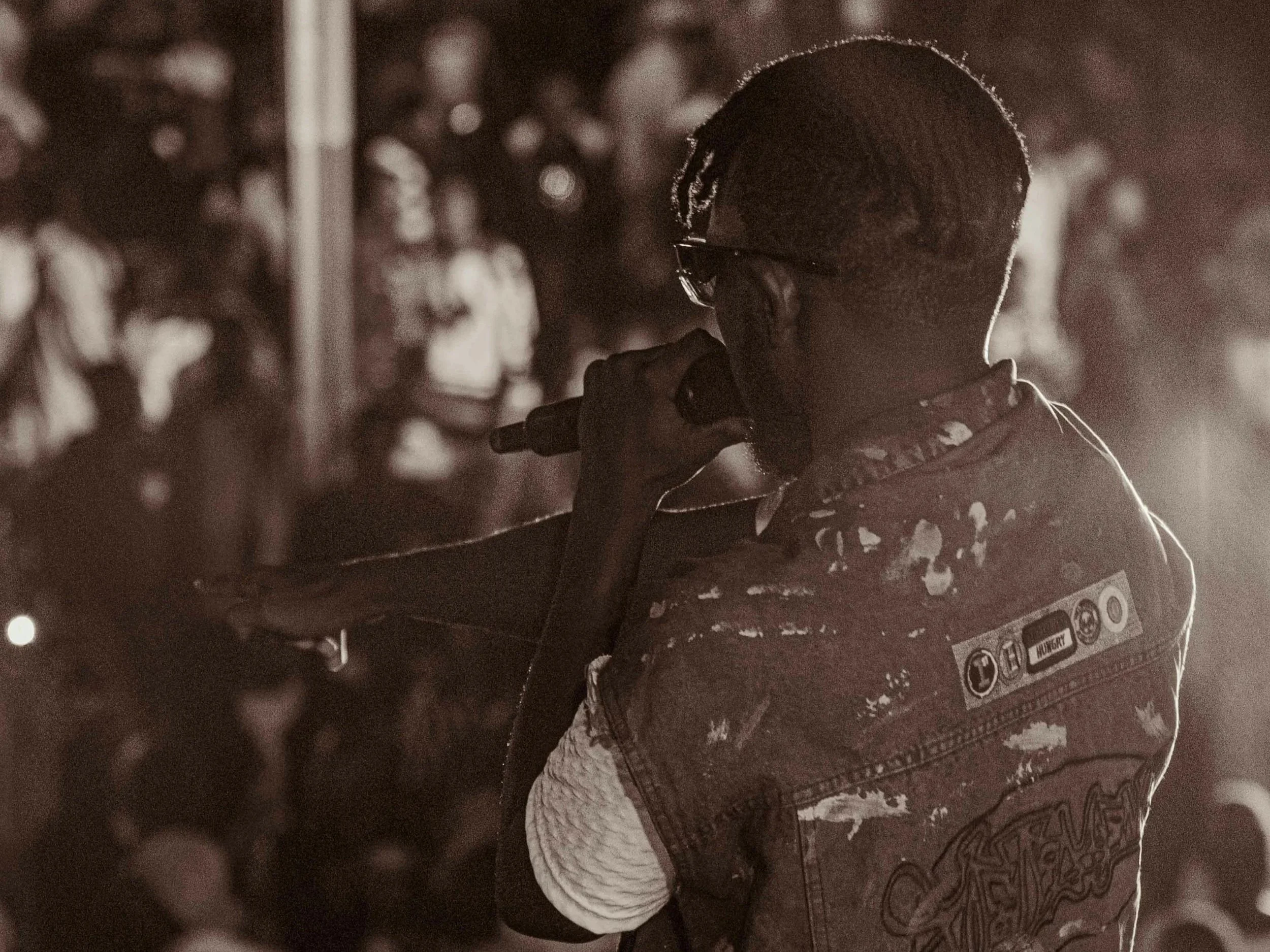



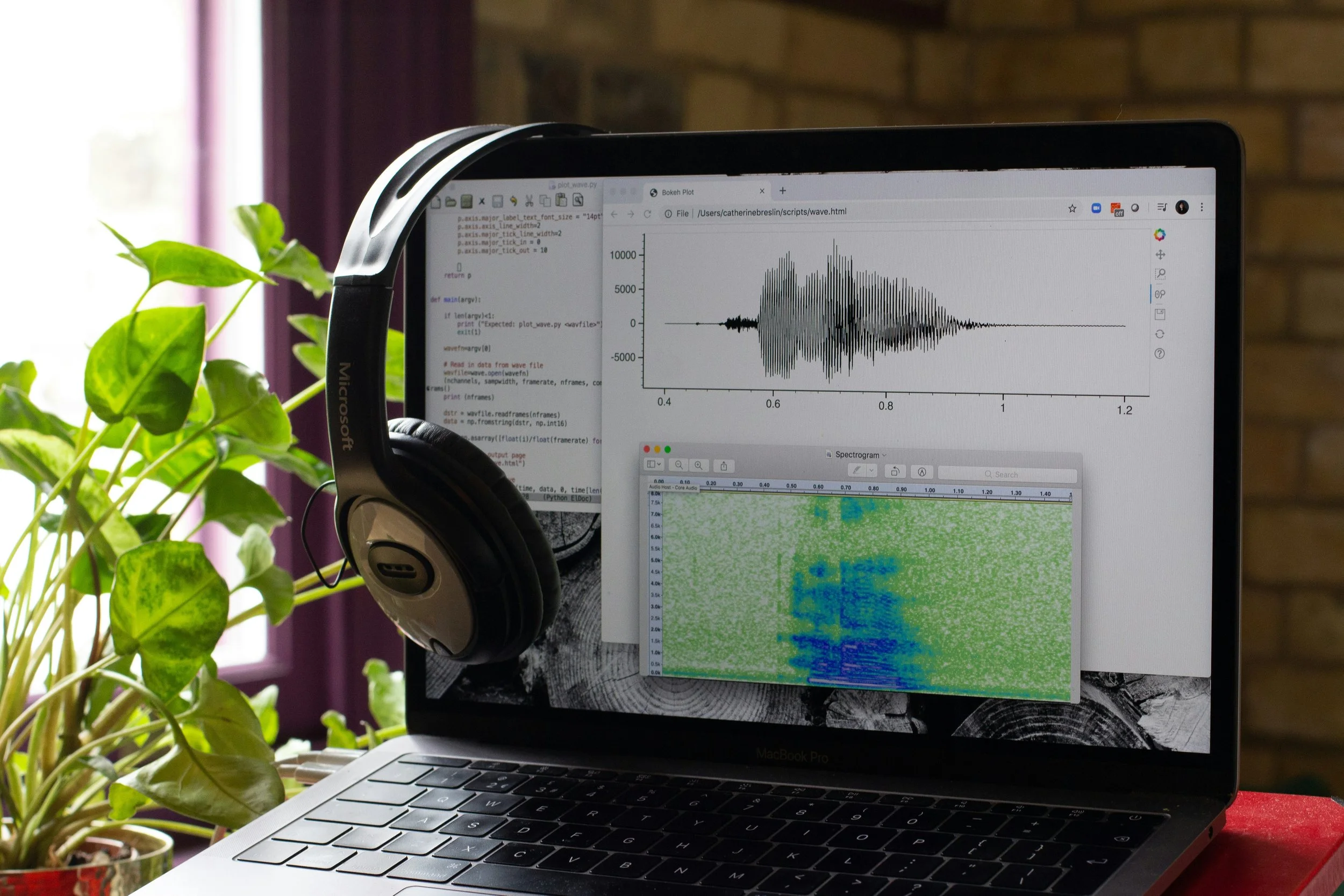






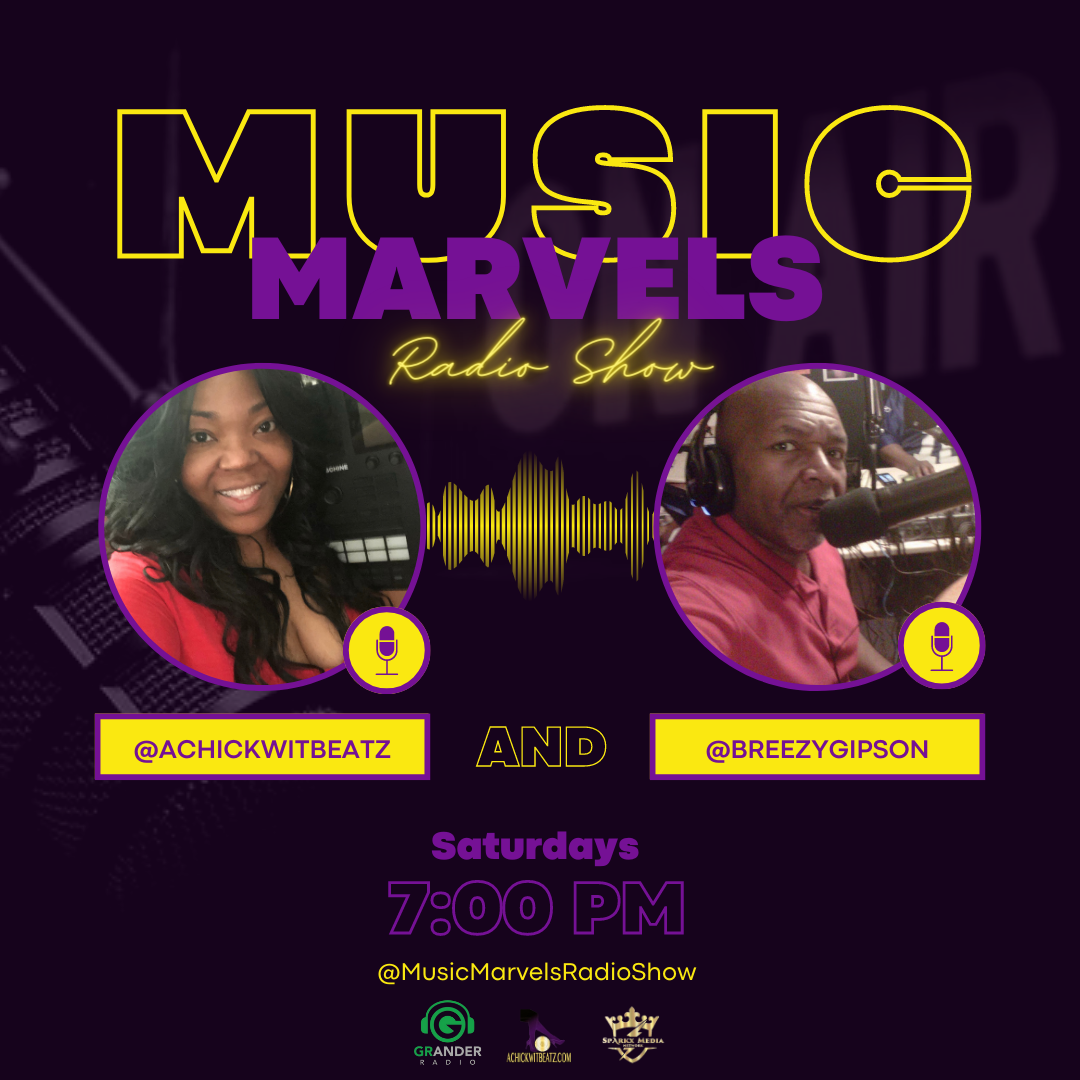
![Hear Here: Achickwitbeatz - Dopamine & Serotonin [Single]](https://images.squarespace-cdn.com/content/v1/52b0b90ae4b0293bfed0d692/1710852808557-EZYGFDIBHLBSIRFOVS1Q/Dopamine+%26+Serotonin.JPG)



